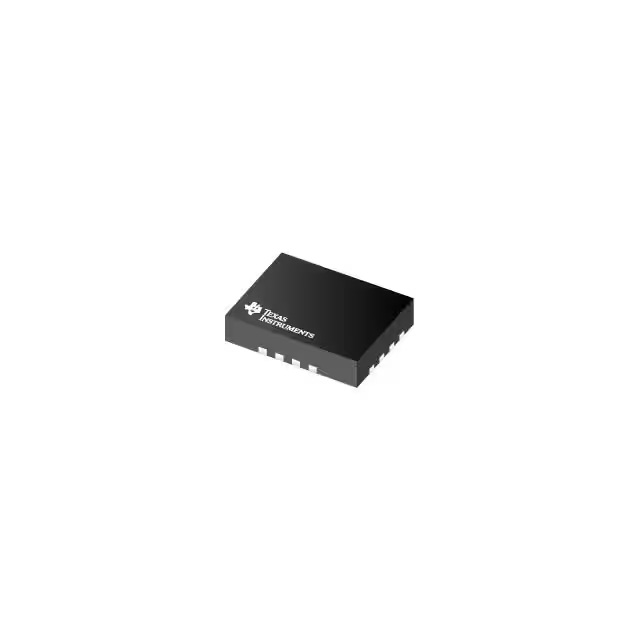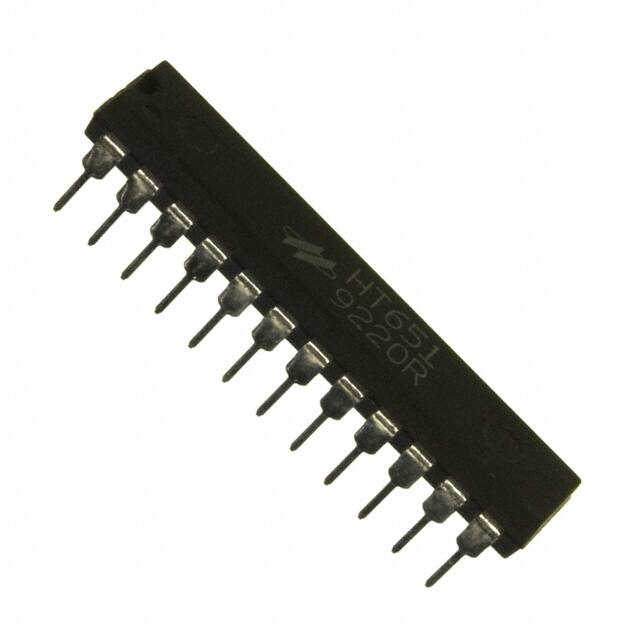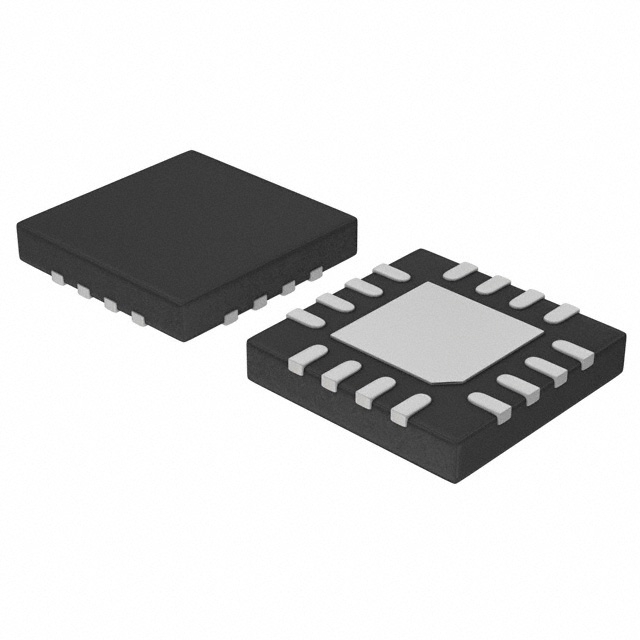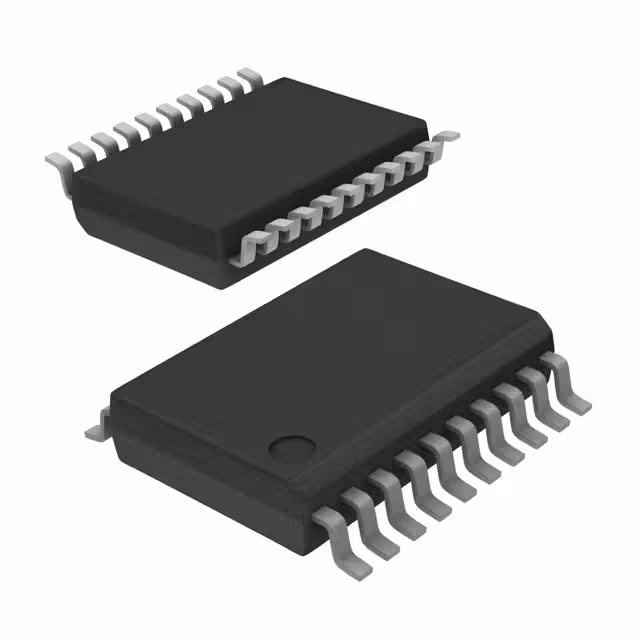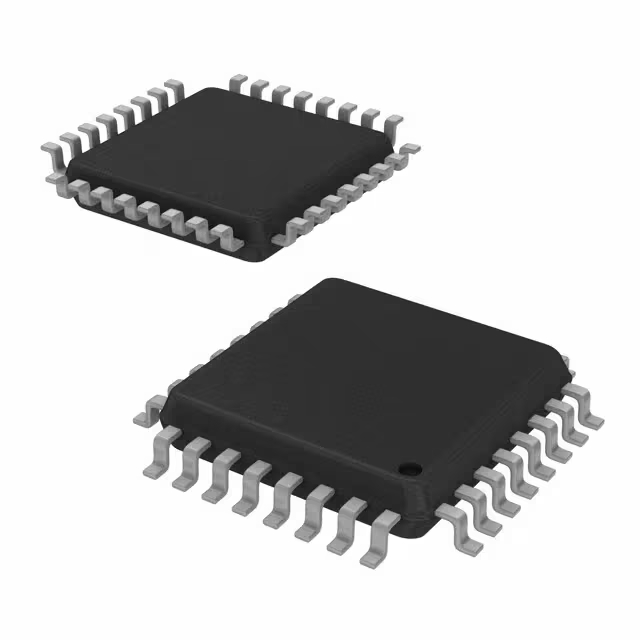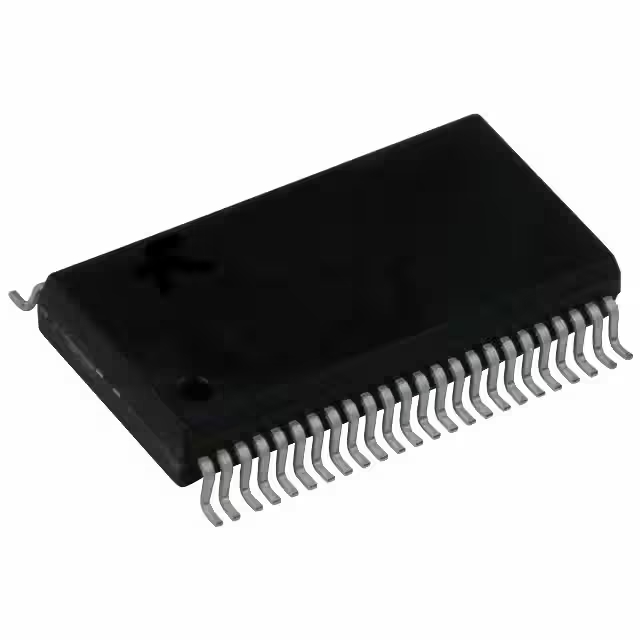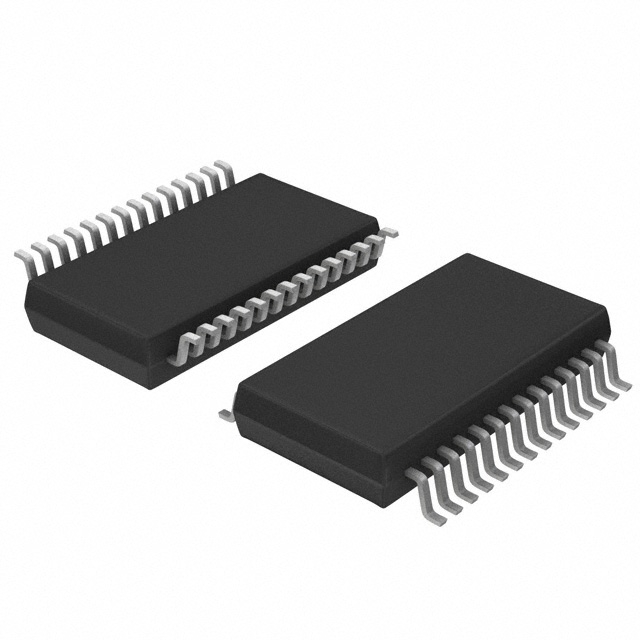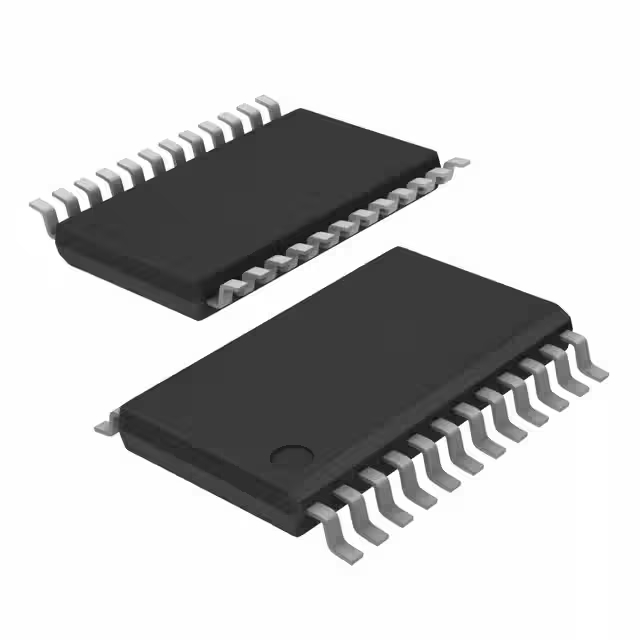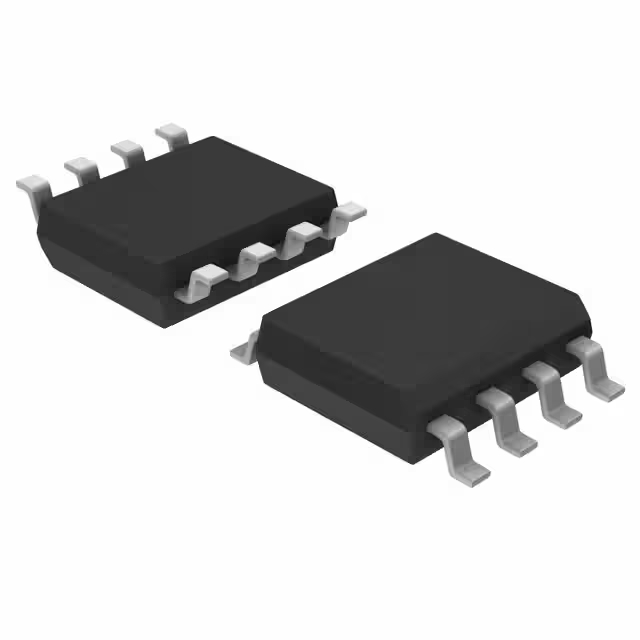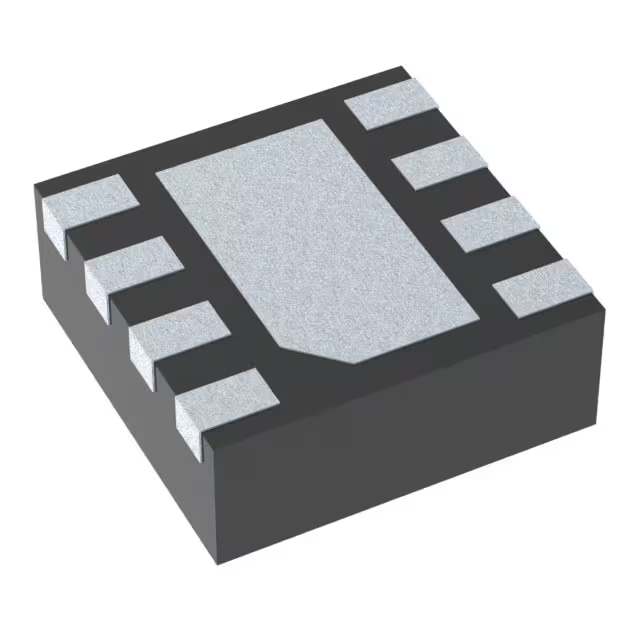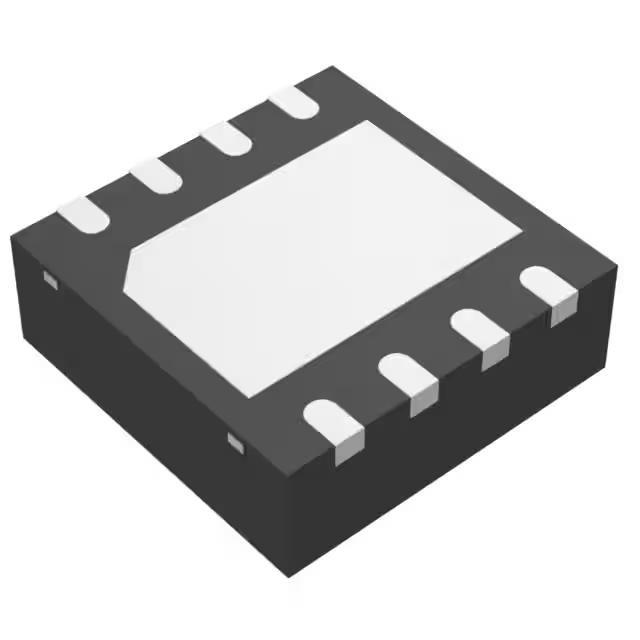SN74AVC4T774RSVR Datasheet | Specifications & Pricing
- Marques : Texas Instruments
- Télécharger: SN74AVC4T774RSVR Datasheet PDF
- Prix: enquête
- En stock: 28,745
- Type de traducteur : Niveau de tension
- Type de canal : Bidirectionnel
- Type de sortie : Tri-États, non inversé
- Emballer: 16-UFQFN

Livraison GRATUITE pour les commandes supérieures à HK$250.00

Réponse rapide, devis rapide

Expédition rapide, pas de soucis après-vente

Chaîne originale, garantie de produits authentiques
SN74AVC4T774RSVR Supplier and TI SN74AVC4T774RSVR Distributor in China – Rantle East Electronic
SN74AVC4T774RSVR
Le SN74AVC4T774RSVR is a 4-bit bus switch that works in both directions, allowing data signals to pass through when enabled and blocking them when disabled.
It has a wide voltage range, from 1.65V to 3.6V, making it versatile for various applications. With a low ON resistance of 0.6Ω, it ensures minimal signal loss, keeping the signals clean and reliable.
This switch also consumes very little power, making it energy-efficient for digital systems. It supports high-speed data transfer, making it perfect for applications that need quick data transmission.
Its logic-level control makes it easy to interface with other devices, and the bus hold feature keeps the output stable, even when not actively controlled.
It comes in a compact TSSOP-16 package, great for designs where space is tight.
SN74AVC4T774RSVR Pinout Configuration
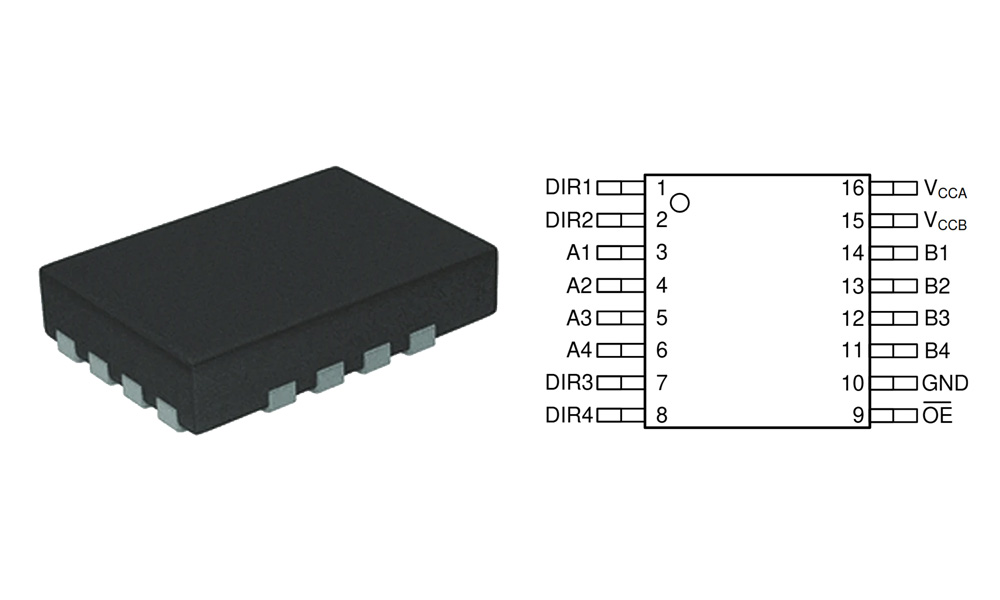
| Numéro de code PIN | Nom de la broche | Description |
|---|---|---|
| 1 | VCCA | Supply Voltage for A-side |
| 2 | A1 | A-side data I/O pin 1 |
| 3 | A2 | A-side data I/O pin 2 |
| 4 | A3 | A-side data I/O pin 3 |
| 5 | A4 | A-side data I/O pin 4 |
| 6 | GND | Sol |
| 7 | B4 | B-side data I/O pin 4 |
| 8 | B3 | B-side data I/O pin 3 |
| 9 | B2 | B-side data I/O pin 2 |
| 10 | B1 | B-side data I/O pin 1 |
| 11 | OE | Output Enable |
| 12 | DIR | Direction Control |
| 13 | NC | No Connect |
| 14 | VCCB | Supply Voltage for B-side |
| 15 | GND | Sol |
| 16 | NC | No Connect |
The SN74AVC4T774RSVR has several important pins:
-
A1, A2, A3, A4: These are the data input/output pins that route signals through the bus switch.
-
B1, B2, B3, B4: These are the corresponding input/output pins on the other side, allowing bidirectional communication.
-
OE (Output Enable): This pin controls whether the switch is active. When OE is low, the switch is on, and data flows. When OE is high, the switch is off, isolating the bus.
-
Vcc and GND: Power supply and ground pins to power the IC.
To make sure it works as expected:
-
Control OE properly to avoid unwanted data flow.
-
Connect UN et B pins correctly to route the signals.
-
Make sure Vcc et GND are powered to keep the IC running smoothly.
SN74AVC4T774RSVR Equivalent Level Shifter



| Paramètre | SN74AVC4T774RSVR | TXB0108PWR | SN74LVC8T245ADBR |
|---|---|---|---|
| Device Type | Bus Switch | Bidirectional Level Shifter | Bidirectional Level Shifter |
| Voltage Supply Range | 1.65V to 3.6V | 1.65V to 3.6V | 1.65V to 5.5V |
| Data Width | 4-Bit | 8 bits | 8 bits |
| Température de fonctionnement | -40°C to 125°C | -40°C to 125°C | -40°C to 85°C |
| Logic Levels | TTL/CMOS | 1.8V to 5V | 1.65V to 5.5V |
| Bus Holding | Non | Oui | Oui |
| Type de colis | TSSOP-16 | TSSOP-16 | TSSOP-20 |
| Vitesse | High-Speed | High-Speed | High-Speed |
| Application | Signal Switching | Level Shifting between 1.8V and 5V | Level Shifting and Bus Communication |
Let’s compare the TXB0108PWR, SN74LVC8T245ADBR, and SN74AVC4T774RSVR:
-
TXB0108PWR: This one’s great for bidirectional level shifting, especially between low voltage (1.8V) and higher voltage (5V) systems. It also features bus-hold, which prevents floating outputs when not actively driving a signal.
-
SN74LVC8T245ADBR: Similar to the TXB0108PWR but supports a broader voltage range (up to 5.5V), which can be useful for high-voltage systems. It also has bus-hold.
-
SN74AVC4T774RSVR: This one is a 4-bit switch, while the other two handle 8-bit data. So, if you only need a 4-bit switch, it might be a better fit. Plus, it works across a wider temperature range (-40°C to 125°C), making it more suited for industrial use.
SN74AVC4T774RSVR Voltage Translation Circuit

Le SN74AVC4T774RSVR in your circuit is used for voltage translation. It helps connect devices with different voltage levels, like an MCU operating at 1.8V logic and an SPI peripheral at 3.3V logic. This IC ensures proper communication between the devices by shifting the logic levels.
Key parts of the circuit:
-
SN74AVC4T774RSVR: This 4-bit bidirectional level shifter ensures signals from the MCU (1.8V) are shifted to the right voltage for the SPI peripheral (3.3V) and vice versa.
-
Pull-up Resistors: These ensure the level shifter works properly when powered on. If powered off, you can tie the pins to ground to disable it.
-
Capacitors (0.1 µF): They smooth out voltage changes and keep the IC stable.
-
Direction Control (DIR1, DIR2, DIR4): These pins set the direction of the signal flow between the MCU and SPI peripheral.
-
Enable Pin (OE): It controls when the level shifter is active or inactive
SN74AVC4T774RSVR I2C Level Shifting Example
You can use the SN74AVC4T774RSVR for I2C level shifting, allowing communication between devices with different voltage levels, like an MCU at 1.8V and an I2C peripheral at 3.3V or 5V. The SDA (data) and SCL (clock) lines are bidirectional, and the level shifter adjusts the voltage for both devices. The DIR pins automatically adjust the data flow direction for I2C communication, while pull-up resistors on the SDA and SCL lines ensure the correct voltage levels. When the MCU sends a signal, the level shifter converts it to the proper voltage for the peripheral. Likewise, it adjusts the peripheral’s signal back to the MCU’s voltage. This setup ensures smooth communication between devices with different voltage requirements.
SN74AVC4T774RSVR Bidirectional Logic Converter
Le SN74AVC4T774RSVR is perfect for bidirectional logic level conversion, especially when connecting devices with different voltage levels. It allows signals to flow smoothly between devices, ensuring proper data interpretation despite voltage differences.
This 4-bit bidirectional level shifter automatically adjusts the direction of signal flow, making it ideal for parallel communication. It works across a wide voltage range, from 1.8V to 5.5V, so it’s great for connecting microcontrollers, sensors, and peripherals. Plus, it’s energy-efficient, which is perfect for mobile or battery-powered systems.
For example, if your MCU operates at 1.8V and your peripheral at 5V, the SN74AVC4T774RSVR translates signals between the two. Pull-up resistors and small decoupling capacitors help ensure stable communication
SN74AVC4T774RSVR SMD Level Shifter Usage
Le SN74AVC4T774RSVR is a great choice for level shifting between devices with different voltage levels. For example, it lets you connect a 1.8V MCU to a 3.3V or 5V peripheral. It automatically adjusts the signal direction without extra control, making it easy to use. The device works across a voltage range of 1.8V to 5.5V, so it’s versatile for many systems. You connect the MCU and peripheral to the A and B pins, and the direction pins automatically sense the signal flow. Pull-up resistors are used to ensure proper signal transmission, and the OE pin controls whether the device is active. This setup is perfect for I2C, SPI, or GPIO communication between different voltage systems, with smooth bidirectional signal shifting.
